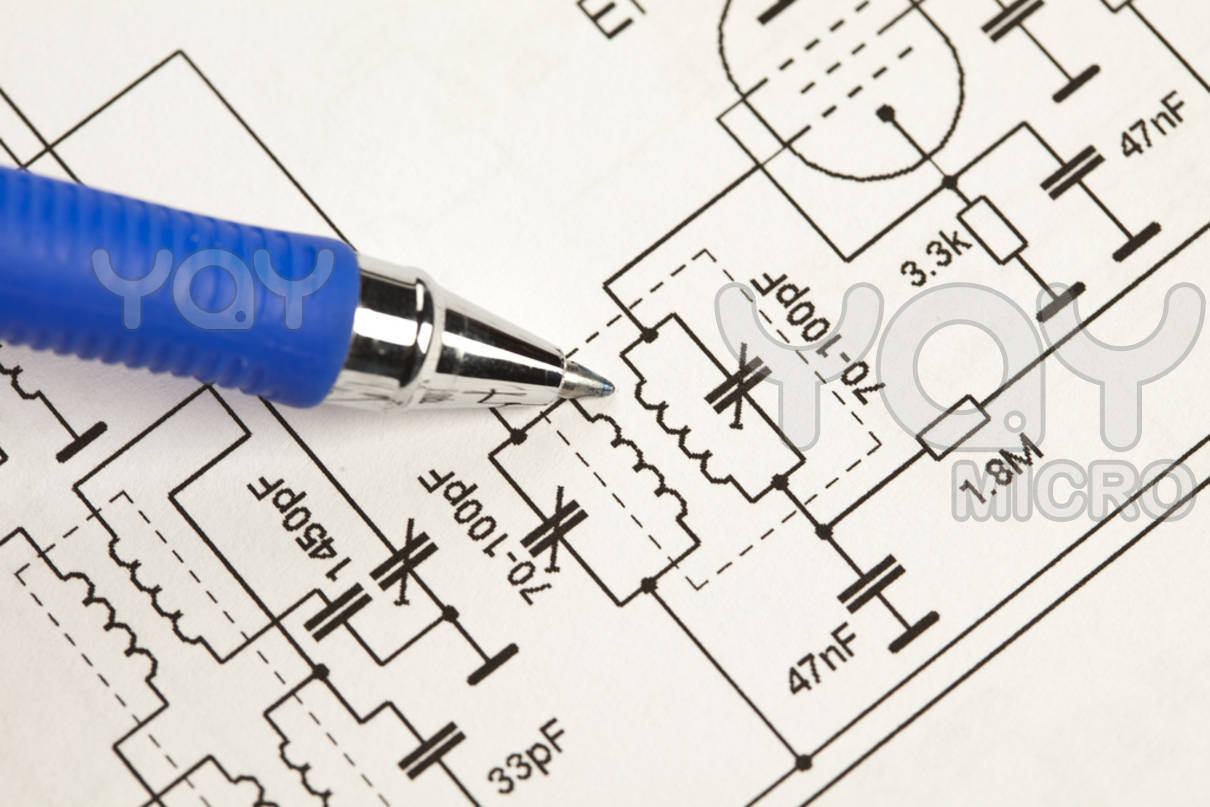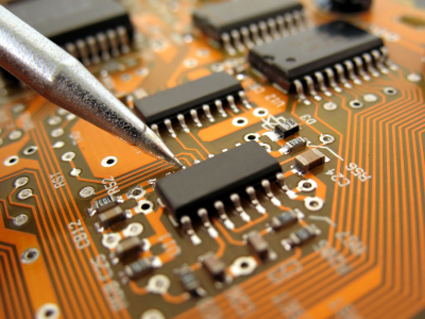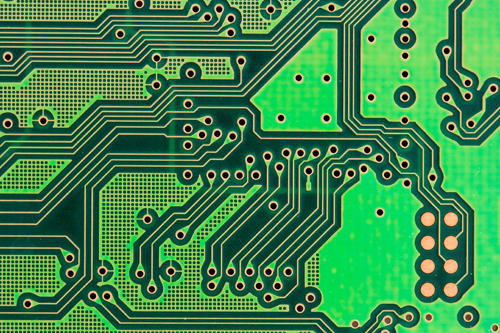|
G4USP |
Page last updated:
21/10/2012 |
Serial 16 LED Bar-graph
Design
-
Provide simple LED status indication indication or bar-graph
display via a serial port.
-
Low software / firmware overhead.
-
Simple design using
readily available components.
-
Low power consumption.
-
A small and compact design.
|
Circuit description
Here is shown the basic concept in block diagram form for 8
bits of output derived from 3 bits of I/O on the associated
microcontroller, to add a further bits of output (as with the final
design shown later) at no additional cost in terms of I/O on the
microcontrollers part further shift registers are simply cascaded. In
practise there are three primary factors limiting how many devices that
can be cascaded, increasing drive requirements, increasing capacitance,
and software overhead as more devices are added -reducing the possible
data transfer rate, thus taking more time to move data between the
microcontroller and shift registers. |
 |
|
The 4094 CMOS shift register although capable of
driving LED's at modest currents, here we use a buffer between the 4094
shift register and the LED's. The ULN2803 provides this functionality,
with each of its eight ports capable of supporting a load current of
500mA (600mA peak) and can withstand at least 50v in the off state.
Furthermore the ULN2803 also contains integral suppression diodes for
inductive loads although not strictly necessary for driving LED's. |
 |
 Serial 16 LED Bargraph schematic:
Serial 16 LED Bargraph schematic:
 Serial 16 LED Bargraph component placement / layout:
Serial 16 LED Bargraph component placement / layout:
 Serial 16 LED Bargraph PCB bottom trace:
Serial 16 LED Bargraph PCB bottom trace:
Driver Software:
Included here are some drivers I wrote for
the PIC12F509 microcontroller. Three versions, the original in which both input
and output devices were implemented, and two cut down versions one for input
devices only and one for output devices only. The original realised 32 bits of
input and 32 bits of output from five lines I/O on the microcontroller.
Combined I/O driver
CKSIO.ASM
Input only driver
CKSIOinput.ASM
Output only driver
CKSIOoutput.ASM
Original Files:
Further to the details of the pages above -
the original CAD files created using EAGLE PCB Design software are included
below, along with associated PDF files of both schematics and PCB layouts
suitable for printing directly.
To use the original CAD files, they must be
opened with EAGLE. Visit the CADsoft
web site for more details, the software (including a freeware version), part
libraries, tutorials, for EAGLE are available.
Serial 16 LED Bargraph schematic PDF
Serial 16 LED Bargraph PCB
component layout PDF
Serial 16 LED Bargraph PCB
bottom track layout PDF
Serial 16 LED Bargraph EAGLE schematic
Serial 16 LED Bargraph EAGLE board
BACK HOME




